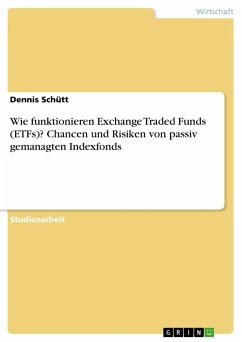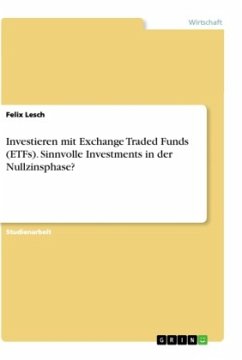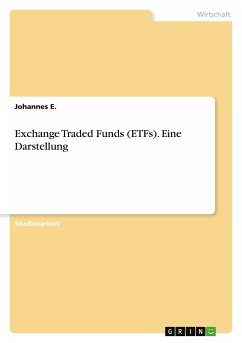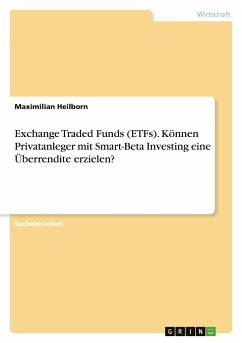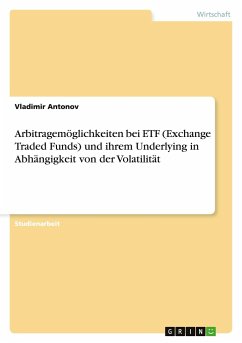Academic Paper from the year 2023 in the subject Business economics - Investment and Finance, grade: 1.0, University of Rome "La Sapienza" (Economics), course: Digital Management, language: English, abstract: The following essay describes the similarities and differences between ETFs and index funds. Transaction costs, performance and index tracking are considered. The fact that ETFs and index funds fulfil different liquidity needs of investors is considered. The analysis also allows a statements on the development of ETFs and index funds. The possibility to participate in the development of an index is of great importance for investors. In almost all developed financial markets, private and institutional investors can purchase exchange-traded funds (ETFs) on the most important indices in addition to index funds. While the first index funds were created in the USA in 1972, ETFs are more re-cent. ETFS have gained strongly in importance in recent years. Thus, the number of executed transactions in Germany was 965,253. In comparison the Italian market had a 18,878 executed trades. ETFs have established themselves as an independent asset class in recent years. Private investors often prefer ETFs to direct equity investments. Both active managed index funds and ETFs exist for the most popular indices. How can the coexistence of these very similar investment options be explained? What do they have in common and what are their differences? Are active manged funds are being displaced by ETFs? The existence of both types of index-based investment forms could be due to liquidity differences as well as different transaction costs.



